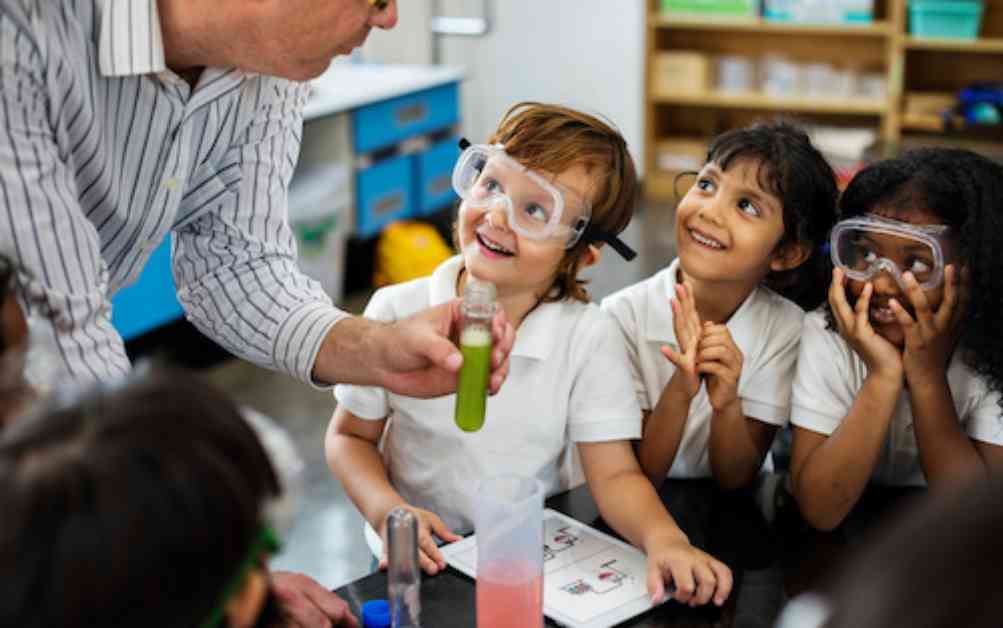Elementary science classes typically follow a structured, textbook-based approach where students passively follow set procedures and observe predicted outcomes. This standard method not only limits creativity but also hampers the development of critical thinking skills. It can make students feel detached from the scientific process as they simply follow instructions rather than actively exploring and learning.
As a teacher for grades 1-3, I wanted to offer a different science lab experience for my young students. After researching various options in the educational technology market, I came across TinkRworks, a STEAM education platform that assists educators in providing interactive, hands-on learning experiences to students.
Here are seven reasons why we incorporated this platform into our elementary science curriculum:
1. Alignment with NGSS work: We initially piloted the program with second graders and later expanded it to include first graders. The projects, such as Pampered Plant and Smart Lamp, aligned well with our existing next-generation science standards (NGSS) work.
2. Departure from traditional methods: We moved away from the traditional cookbook-like science lab approach to create a more dynamic and engaging experience for our students. The curriculum was structured logically while allowing room for questions, problem-solving, and exploration.
3. Excitement for learning: Using TinkRworks, students in grades 1-3 engaged in projects like Pampered Plants, where they coded LEDs to indicate plant conditions. The hands-on experiments sparked enthusiasm and excitement among the students.
4. Development of motor skills: The hands-on activities helped students develop motor skills required for assembling components and working with electronic devices.
5. Enhanced student engagement: The platform’s setup allowed students to work independently, fostering engagement, collaboration, and independence among students.
6. Flexible usage: The program’s flexibility allowed us to adjust the frequency of use based on grade levels. It provided all necessary materials for projects, minimizing the need for additional resources.
7. Exploration of career paths: By engaging in STEAM activities, students were exposed to various professions, encouraging them to develop problem-solving and communication skills essential for future careers.
In my two decades as a science teacher, I believe that incorporating science labs and utilizing platforms like TinkRworks is crucial for engaging young students in STEM and art subjects. These labs should align with 21st-century skills, preparing students for future career opportunities early on.
In conclusion, integrating innovative approaches to science education not only breaks down learning barriers but also opens doors to diverse career paths for our future workforce. By nurturing a love for science and technology from a young age, we can shape a generation of creative, critical thinkers ready to tackle the challenges of tomorrow.







